In an era where wellness trends dominate the global conversation, one company has emerged as a leader in addressing a problem that many consumers might not even realize they have: chronic dehydration. According to Mike Keech, CEO of Liquid I.V., a significant portion of the population—both in the US and worldwide—suffers from chronic dehydration without even knowing it. This insight has driven Liquid I.V. to become one of the most prominent brands in the hydration market, capitalizing on the broader “better for you” wellness trend that has swept the food and beverage industry over the past few years.
The Rise of Hydration as a Wellness Trend
Hydration has become a central theme in social media trends, with platforms like TikTok featuring challenges such as #WaterTok, which highlight the importance of staying hydrated. This trend has been further fueled by the growing popularity of electrolyte-filled products, which are projected to become a multibillion-dollar market in the coming years. Analysts attribute this growth to changing consumption patterns, where hydration is no longer just about sports recovery but also about maintaining daily wellness and managing hangovers.
Nate Rosen, a consumer packaged goods expert, notes that many people simply do not like plain water and view hydration drinks as a way to flavor their water. This shift in consumer behavior has opened up a new market for companies like Liquid I.V., which offer healthier alternatives to sugar-filled sports drinks.
Liquid I.V.’s Journey to Market Leadership
Liquid I.V. was launched in 2012, initially targeting hardcore athletes recovering from intense workouts. The flavored powder mix, containing salt, vitamins, and electrolytes, was marketed as a healthier alternative to traditional sports drinks. Keech describes the initial market as “tired and dusty,” dominated by sports personalities and the idea that if a product was good enough for professional athletes, it was good enough for everyone else.
This proposition was initially successful, leading to soaring sales and prompting Unilever to acquire Liquid I.V. for an undisclosed price in 2020. Under Keech’s leadership, the brand expanded its target audience from just sports enthusiasts to a broader demographic, including business professionals, mothers, and gym-goers. This strategic shift doubled the brand’s distribution and expanded its flavor offerings, including a viral firecracker blend and a new sugar-free selection.
Liquid I.V.’s Path to Becoming a $1 Billion Unit
Liquid I.V. is on track to becoming a $1 billion unit, with Unilever labeling it a “power brand” in its most recent earnings report. This designation has helped the brand’s wellbeing category achieve double-digit sales growth. Keech credits this success to recognizing that hydration is not just for athletes but for everyone. This broader appeal has been a key driver in the brand’s rapid growth.
The Hydration Market: Liquids vs. Powders
The hydration market has traditionally been dominated by liquid products such as Pedialyte, commonly used to prevent or treat dehydration in children, and PepsiCo’s Gatorade, which holds a commanding lead in the sports drink category. However, powders have recently emerged as a “success story,” according to Howard Telford, head of soft drinks for analytics company Euromonitor.
The convenience of powders, which can be easily stored in kitchen counters, desk drawers, or gym bags, has been a significant factor in their popularity. Unlike bulky liquid products that require refrigerator space, powders offer a convenient and portable solution. Additionally, the flavor profiles of products like Liquid I.V. have also contributed to their appeal.
The Growth of Powdered Hydration Products
Sales of powdered hydration mixes have achieved double-digit growth for the past four consecutive years, most recently growing 20% in 2024, according to Circana, a Chicago-based market research firm. This growth has attracted new entrants to the market, ranging from established brands like Gatorade, whose sales of enhancers have grown 200% over the last four years, to smaller startups like LMNT and Waterdrop, backed by tennis star Novak Djokovic.
BodyArmor, which recently relaunched its entire line, has also seen significant growth with its Flash I.V. hydration drinks and powders, generating $120 million in sales in its first year. BodyArmor CEO Federico Muyshondt attributes this growth to increased consumer awareness about the importance of hydration, especially during the Covid-19 pandemic, which heightened the focus on longevity, immunity, and overall health.
Liquid I.V.’s Commitment to Science
Keech emphasizes that Liquid I.V. is “obsessed with science,” investing a significant amount of money in clinical studies to ensure the effectiveness of its products. The company claims that its product offers “superior hydration” compared to simply drinking water, arguing that if you’re thirsty, you may already be dehydrated.
However, not everyone is convinced. Heidi Skolnik, a senior sports nutritionist at the Hospital for Special Surgery in New York, is skeptical that dehydration is a common problem for people with unrestricted water access. She believes that while athletes and active individuals can benefit from electrolyte powders and drinks, less active people probably do not need them. Despite this, she acknowledges that flavoring water can help people drink more, raising their awareness of their hydration levels.
Conclusion: The Future of Hydration
The hydration market is experiencing a significant shift, driven by changing consumer patterns and the broader wellness trend. Liquid I.V. has emerged as a leader in this space, capitalizing on the convenience and appeal of powdered hydration products. As the market continues to grow, new entrants will likely emerge, driven by the success of brands like Liquid I.V.
The future of hydration will depend on continued innovation and a focus on consumer needs. While some experts question the necessity of hydration products for the average person, the convenience and flavor appeal of these products cannot be ignored. As Liquid I.V. and other brands continue to expand their offerings, the hydration market is poised for continued growth, reflecting the broader trend toward wellness and health-conscious living.

By Grace Cox/May 26, 2025

By Emma Thompson/May 26, 2025

By Christopher Harris/May 26, 2025

By Laura Wilson/May 26, 2025
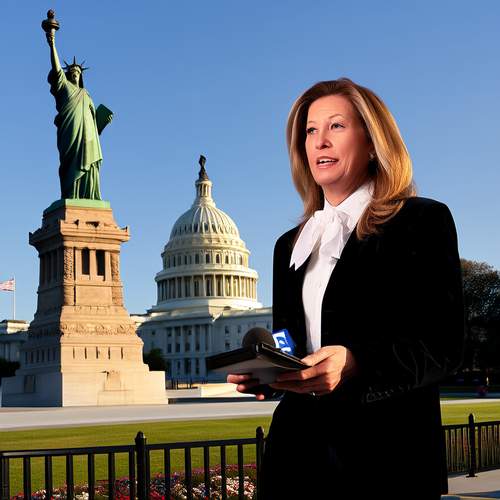
By Thomas Roberts/May 26, 2025
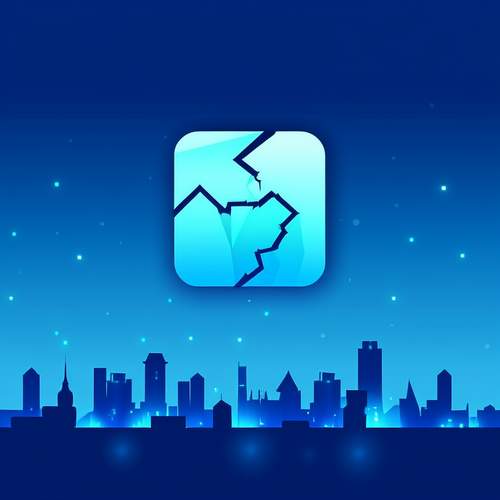
By Laura Wilson/May 26, 2025

By Amanda Phillips/May 26, 2025
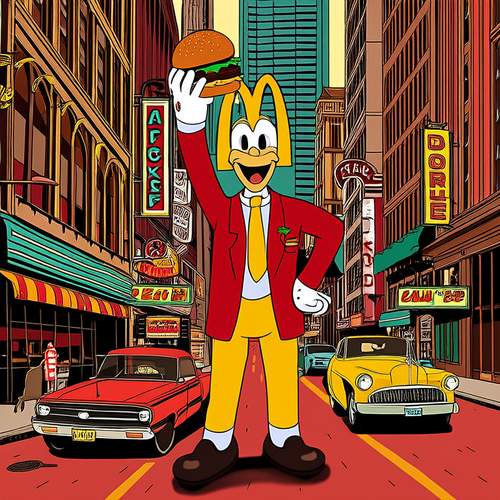
By Noah Bell/May 26, 2025
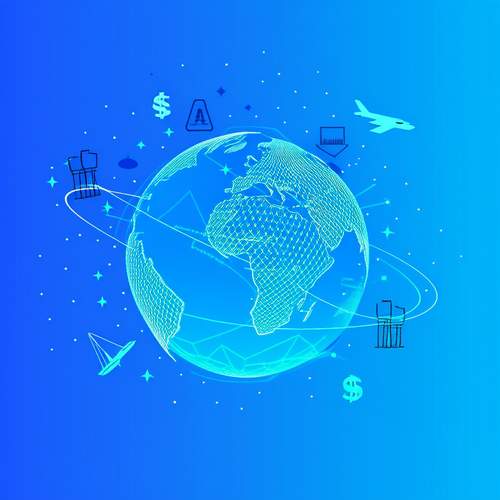
By Laura Wilson/May 26, 2025
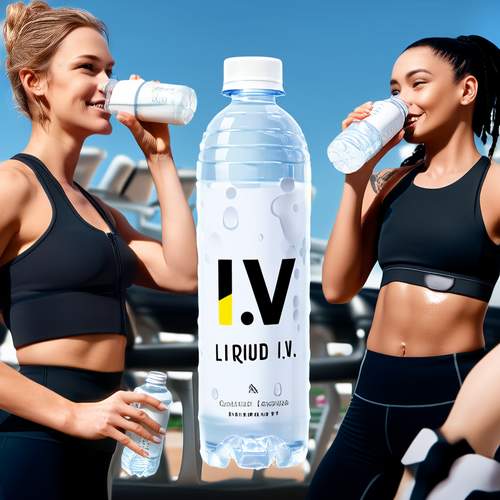
By John Smith/May 26, 2025
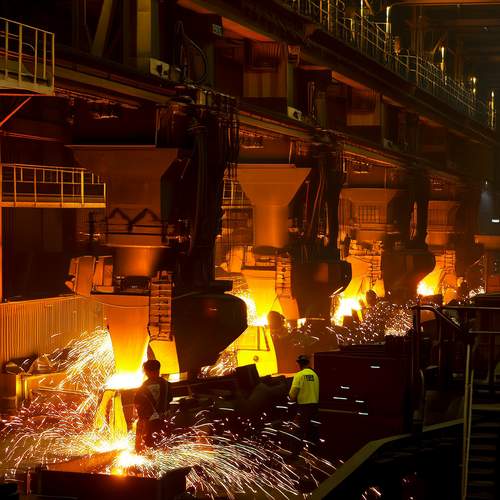
By Sarah Davis/May 26, 2025

By James Moore/May 26, 2025

By Amanda Phillips/May 26, 2025
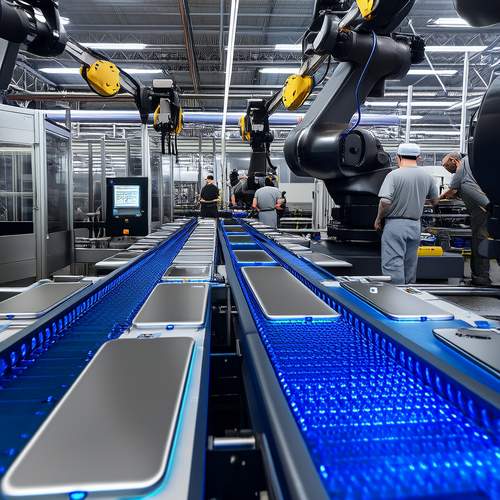
By Michael Brown/May 26, 2025

By Daniel Scott/May 26, 2025

By Thomas Roberts/May 26, 2025

By Victoria Gonzalez/May 26, 2025
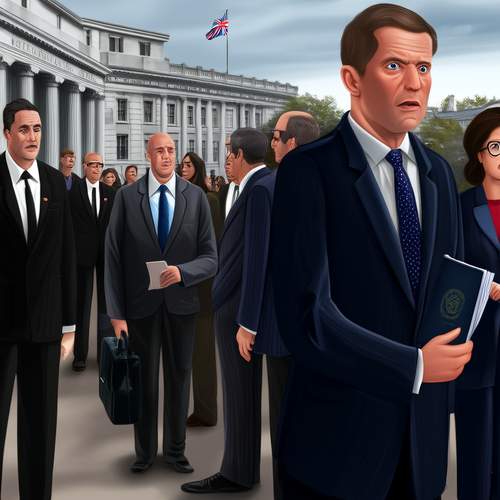
By Grace Cox/May 26, 2025

By Rebecca Stewart/May 26, 2025
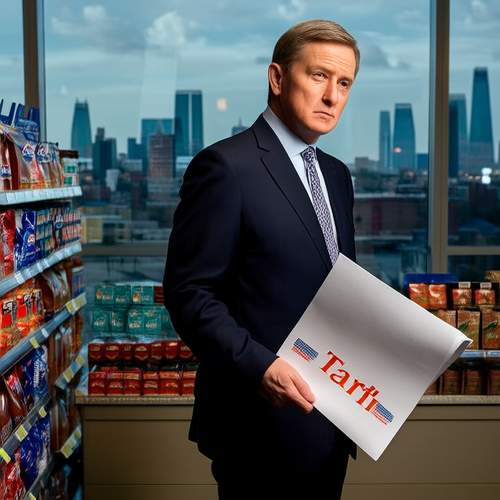
By Laura Wilson/May 26, 2025